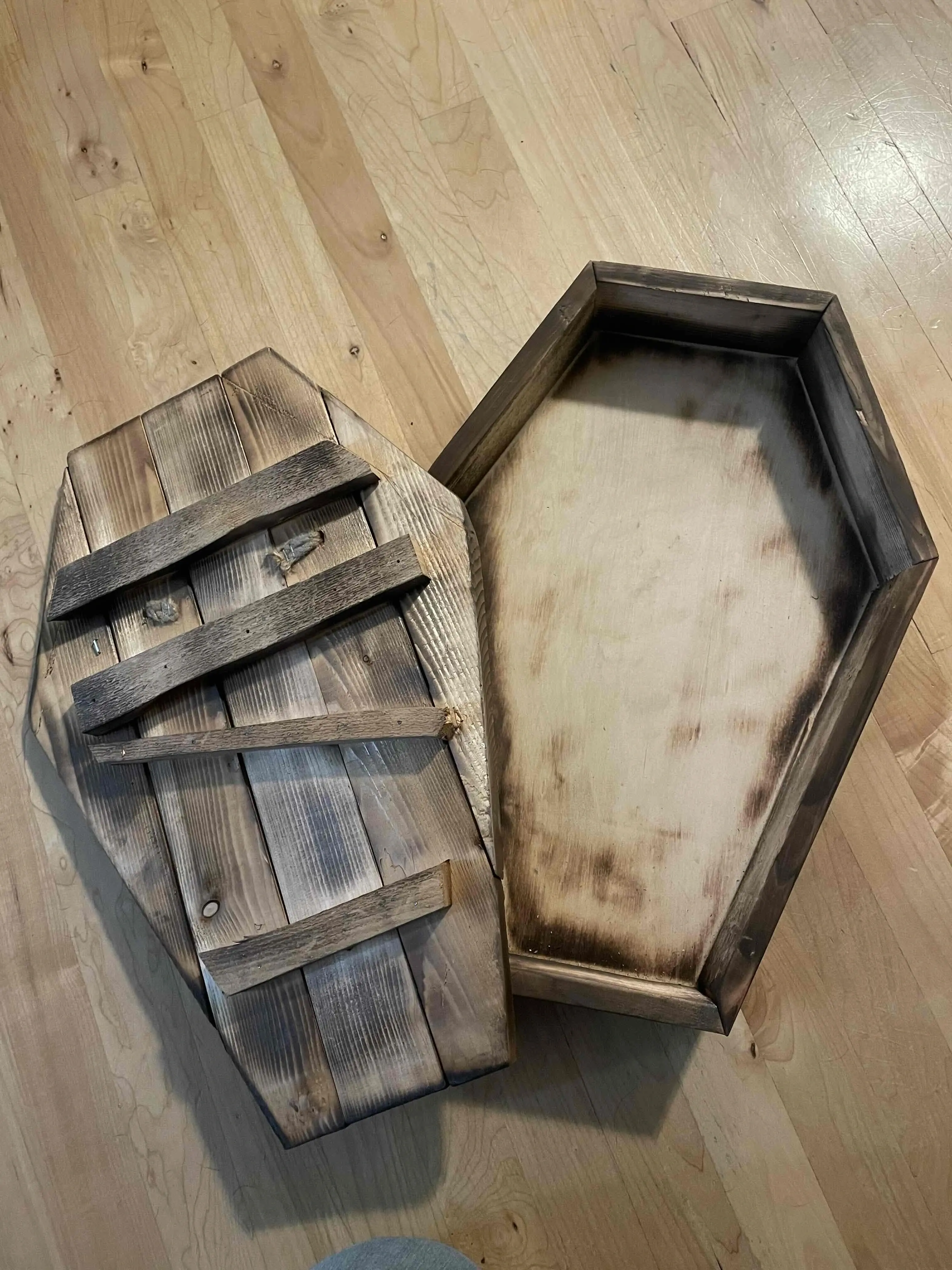

I’d just give it a scrub to remove any rust then apply a light coat of oil and put it in the oven to season.
Or you could try the stove top method for woks.


I’d just give it a scrub to remove any rust then apply a light coat of oil and put it in the oven to season.
Or you could try the stove top method for woks.
The food looks great and I’ve been wanting that griddle, or the smaller version, for a while! Looks fun to use.
Do you have to go with an induction stove top? Could you get a ceramic instead?
Yes, bacon first to render the fat and use it to cook the eggs.
I had to scrap off the pan and wipe down before cooking the eggs because this bacon must have some sugar, or something, that was getting stuck to the pan. Since it usually makes the eggs stick too.
Yes, it use the rendered bacon fat to fry the egg and add flavor.
Pineapple juice.


Last summer I experiemented with seasoning my cast iron in direct sunlight.
I would start the seasoning the pan in the oven/stove top for 30 minutes and then place it in direct sunlight.
I usually left the pan in direct sunlight from ~9am to ~5pm.
The pan would be too hot to touch barehanded so I know that it was hot enough to do some polymerization.
From what I read online somewhere, polymerization happens at relatively low heat. We just speed up the process by increasing the heat.
I also read that UV also polymerizes the oil. Which made me think leaving it in direct sunlight would help the process.
I did this for a few days and it worked.
Obviously don’t leave it outside in humid or rainy conditions. Or when it’s very windy. You’ll end up with things landing on your pan.
I also placed the pans in direct sunlight upside(so things would not stick to the inside) down with oil on the interior of the pan to see if it would polymerize without preheating in the oven/stove top. I did this for one day only.
Polymerization did start to happen. The oil became sticky but I estimate it would take 1-2 weeks everyday for the oil to fully polymerize.
I’m going to do it again this year to experiment more.
I figured the sun is free so why not let it do the work.
Edit: I did this on days that were over 90°f.


I believe that’s on Lemmy’s end.


Settings -> Account preferences -> Show read posts?
deleted by creator
https://www.triedandtruerecipe.com/pork-chops-with-sauteed-pears/
That’s mostly it. There is a sauce, made from stock, mustard and brown sugar that’s added before it goes into the oven.
I didn’t have shallots or the exact pears that they called for, so I used an onion and regular green pears.
I think next time I’ll marinate the pork chops in some apple cider vinegar and a blended pear for at least an hour. The center of the pork was slightly under seasoned.
It was very good! I will definitely make it again.
Bacon and green beans sounds like a good idea too!


This is all very impressive even though I’m not a Mod of anything.
Show if a link is already posted when creating a post, and where.
This feature kinda blows my mind.
Great work!


From my personal experience on adding pure tung oil to cutting boards after about 15+ coats over a few years(I know that’s a lot of coats over a long period of time) there is now a thin solid surface on the wood. It honestly looks like a thin film finish but it’s all natural.
It is also water repellent to an extent. I think of it as a natural wood stabilizer. The oil penetrates and fills the wood pores then hardens. This prevents moisture from penetrating easily. Now I only apply tung oil once a year to my cutting boards and twice to my spatulas and wood handle knives.
The mineral oil beeswax method is the convenient way of doing it, if anyone wants to use this method I don’t blame them, but it’s my opinion that adding layers of a tung oil over a longer period of time is the proper way of doing it.
When you use mineral oil and beeswax you will remove the top layer after a few washes. Some of the mineral oil will seep further into the wood but will not protect the exterior(the cutting surface). When I used only mineral oil and beeswax I would have to reapply that finish monthly as the wood would visibly dry out.
I’ll leave it to OP which method they choose to use. One is more convenient in the beginning and one is more durable over time.


100% pure Tung oil.
Once a day for a week.
Once a week for a month.
Once a month for a year.
Once a year every year.


deleted by creator


deleted by creator
https://www.seriouseats.com/how-to-season-cast-iron-pans-skillets-cookware
According to Kenji Alt Lopez flaxseed is bad news bears.



You did a great job!
Nice work! Cast iron truly is the opposite of planned obsolescence.
deleted by creator